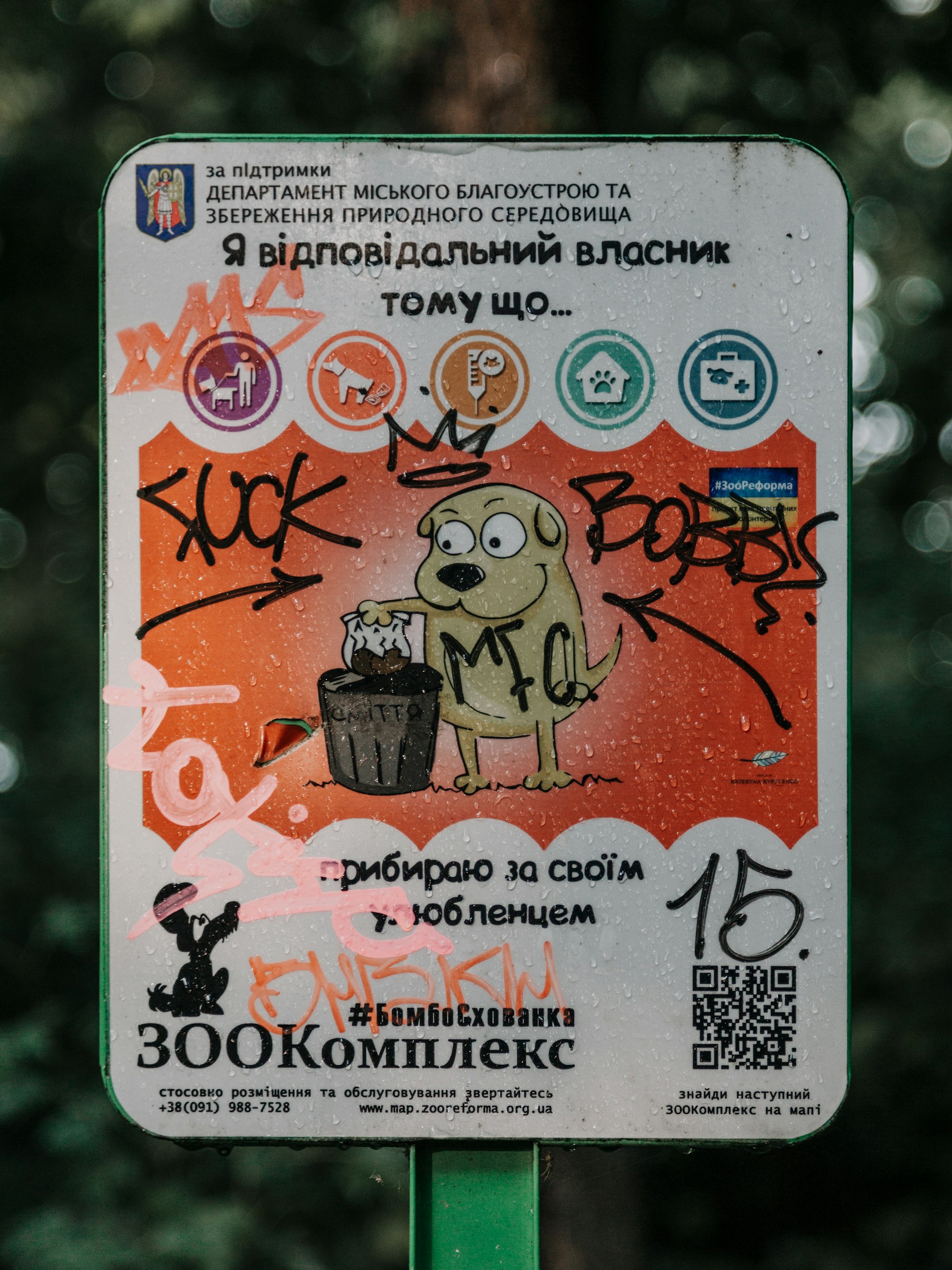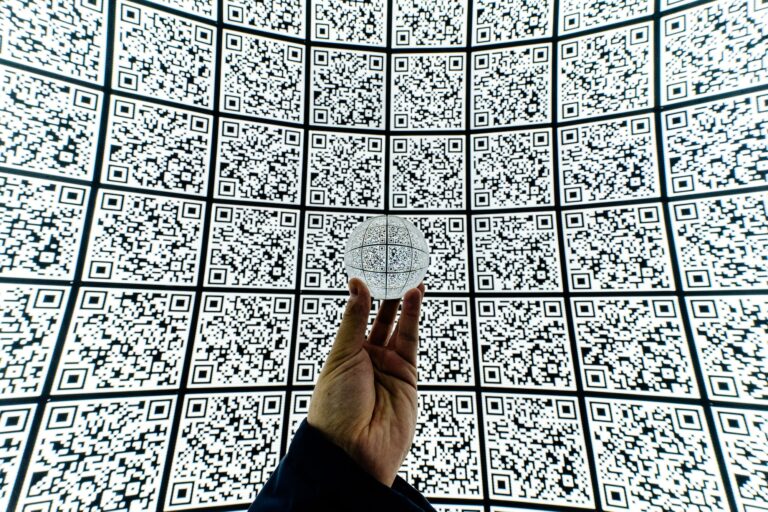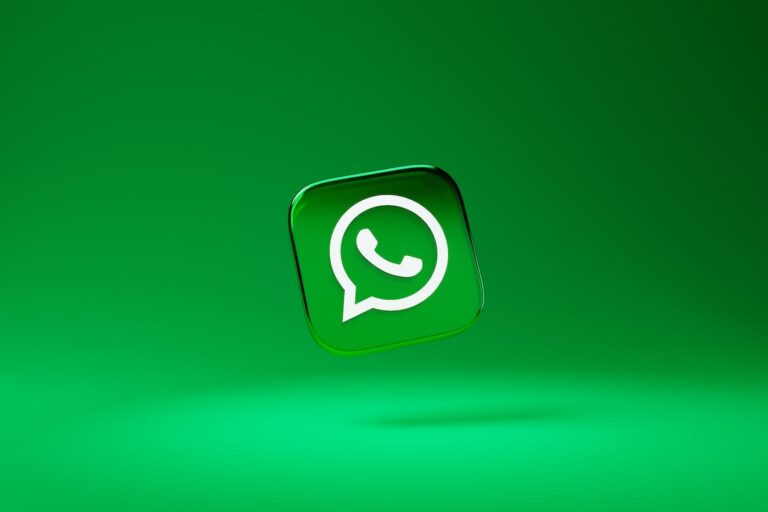QR codes are becoming more popular, but they can also be a scammer’s best friend. This blog post will teach you how to avoid getting scammed by QR codes and protect yourself from fraud. We’ll go over what QR codes are, why people use them, the dangers of using them, and ways to make sure you don’t get duped!
What are QR codes and how do they work?
QR codes (quick response codes) are a type of barcode that can encode information in both graphic and text formats. The QR enables quick scanning by a mobile phone camera and easy data entry which makes it great for marketing, tracking inventory, or business cards. Data encoded into an image like the one below is called “static” data.
QR codes were initially used in Japan in the early 1990s by a company called Denso-Wave to track the production of their automotive parts. The QR was introduced to the United States in 1994, and by 1998 there were 32 million codes generated for use. The first phone with a built-in scanner (Nokia) came out in 2000, which made it easier for people to decode these barcodes. In 2006 Google launched their service called “Quick Response” based on the idea of using a QR code to send a link from one phone to another. The term “QR Code” was trademarked by Denso-Wave in October 2006, and the UPC (Universal Product Code) barcode has since been retired for use on mobile devices due to its length limitations.

QR codes are being used more and more to transmit information. They are convenient because they can be scanned with a smartphone, and they store a lot of data. Unfortunately, this also makes them susceptible to fraud.
QR codes can be printed in different sizes, but they are not designed to hold long strings of information so there is a limit to the amount of text you should have encoded (100 characters maximum). Note that scammers can encode tons of digits and still make them look like letters! So always check the length of the encoded data before you fall for a scam.
Criminals are increasingly using QR codes to scam people. They create fake QR codes that link to malicious websites or infected files. Once the code is scanned, the victim’s device is infected with a virus, Trojan horse, or some other type of malware. To avoid being scammed, it is important to know how to spot a fake QR code and understand how they work.

Special VPN Deal
Get VPN protection from NordVPN, one of the most reliable VPN companies in the world, for just $3.99/month!
How can you tell if a QR code is legitimate or not?
The first thing to do is check the look and feel of a QR code. If it looks like it has been hastily created or if there are grammar mistakes, then you should be wary of this code. Also make sure that the web address in your browser starts with “HTTPS” (secure) instead of just “URL”, as some fake QR codes will redirect you to a website that looks legitimate but is not.

Some scams will try to create a sense of urgency by saying that the person has won something or is being notified about an emergency. Others will try to get people to click by using a sense of curiosity or excitement. It is important to pay attention and check that the QR code leads where it says it does.
Another way to tell if a QR code is fake is to scan it with a QR scanner app. If the code does not lead to the correct destination or if there are errors, then it is likely that this code is fraudulent.
You can also do a Google search for the QR code to see if it has been used before. If there are no results, then this is also a sign that the QR code may be fake.
Lastly, you can check the size of the QR code. If it is too small or if there are too many codes crammed together, then it is likely a scam.
The best way to avoid being scammed by a QR code is to be vigilant and use common sense. If something looks too good to be true, it probably is! Always check the length of the encoded data before you scan the QR code and make sure that the web address starts with “HTTPS”. And if you are ever unsure about a code, then don’t scan it.

NextDNS
NextDNS protects you from all kinds of security threats, blocks ads and trackers on websites and in apps and provides a safe and supervised Internet for kids — on all devices and on all networks.
What should you do if you think you’ve been scammed by a QR code?
If you think that your phone is infected with malware, then scan it with an antivirus or antimalware app to see if there are any viruses present.
If the threat cannot be removed manually, then reset your device and remove all of the files from your SD card. Make sure to delete anything stored locally on your computer as well (including the cache and cookies).
If you have been scammed by a QR code, then report it to the police. Be sure to include as much information as possible, such as the web address of the scam website and any other contact information you may have. Moreover, make a note of the date and time that the code was scanned.
Bottom line – be vigilant and don’t let yourself get scammed!
QR codes are a great way to quickly and easily transfer information from one device to another. However, they can also be used by scammers to infect your phone with malware. To avoid being scammed, it is important to know how to spot a fake QR code and understand how they work. Be vigilant and use common sense when scanning QR codes, and you can avoid getting scammed by a QR code.





